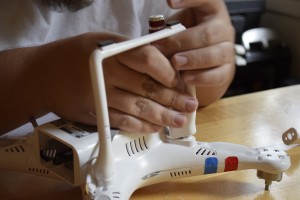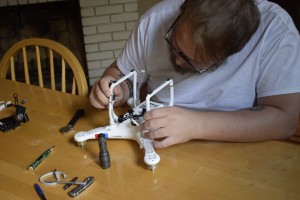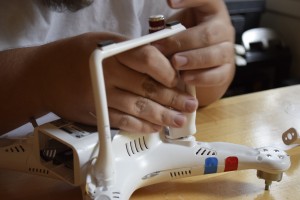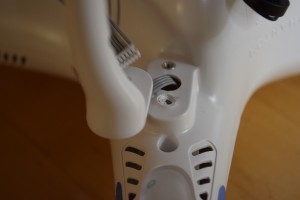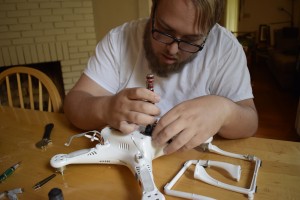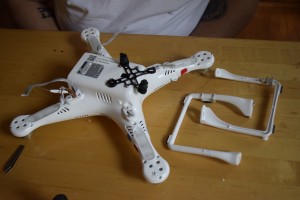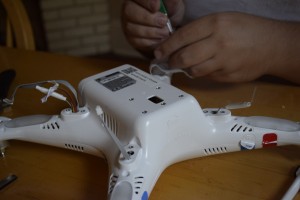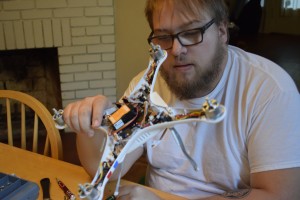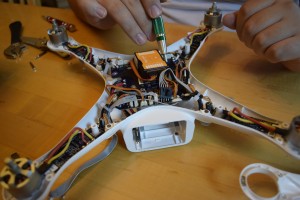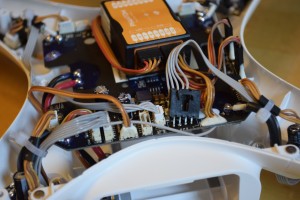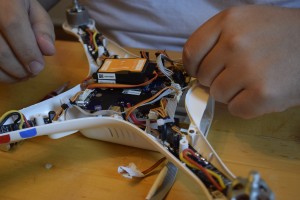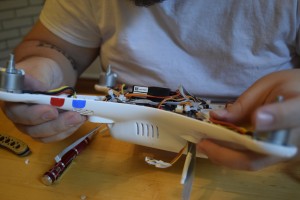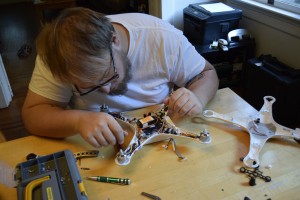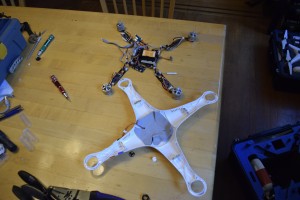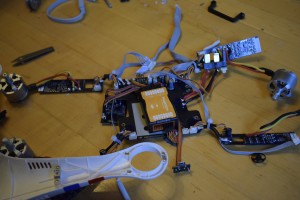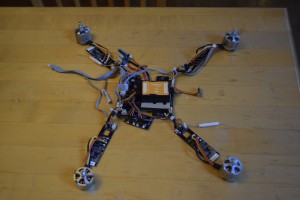The above image is a snip of a search on news.google.com for the word “drone”.
It’s important to know the political impact that the words you are using. Language shapes perception, and the overarching themes surrounding the word “Drone” revolve around the use of armed US Drones in military actions around the world. Whether you want to or not… whether you are an aerospace researcher developing systems for the US military, or you are environmental scientist using them to research plant health, you are conjuring up an imaginary hellfire missile when you use the word drone.
The implications this has, for everything from funding to public engagement, can be dire. The term provokes unwanted and unwarranted controversy, and invokes a political argument that is completely unrelated to the uses of unmanned aerial systems in science and entertainment. The term, “unmanned aerial systems” invokes none of the, in my opinion well placed, ire of those in opposition to US foreign policy with regards to drone strikes. It’s an accurate term that reflects the diversity of remote controlled, semi-autonomous and autonomous aircraft in use in higher education, research, conservation and entertainment sectors.
There has long been a philosophical debate about the inherent value of the progress of technology. Indeed, UAS and Drones seem to be the next big frontier in this argument… it’s a fact that increases in the available robotic and autonomous vehicle capabilities have greatly enhanced the ability of researchers to conduct research in a variety of settings and from unique perspectives. But to demonize the technology as opposed to the human decisions to use that technology we do two things: we take away any potential positive value that the technology can contribute to society, and we simultaneously remove the human decision making at heart of the issue of US drone strikes overseas. By making the issue one of technology, and not policy, we remove the burden of responsibility from the human agent of destruction for the choices they make which lead to death and mayhem.
So don’t call it a drone. Please.



